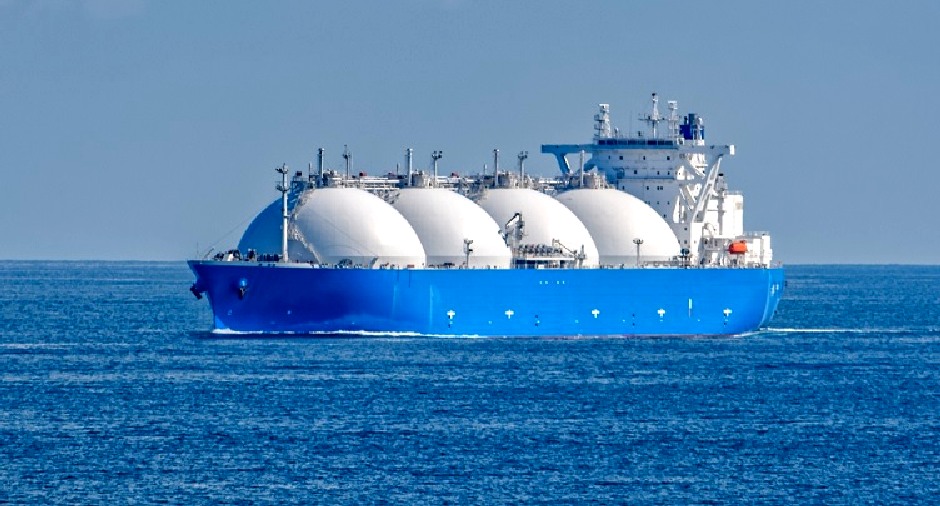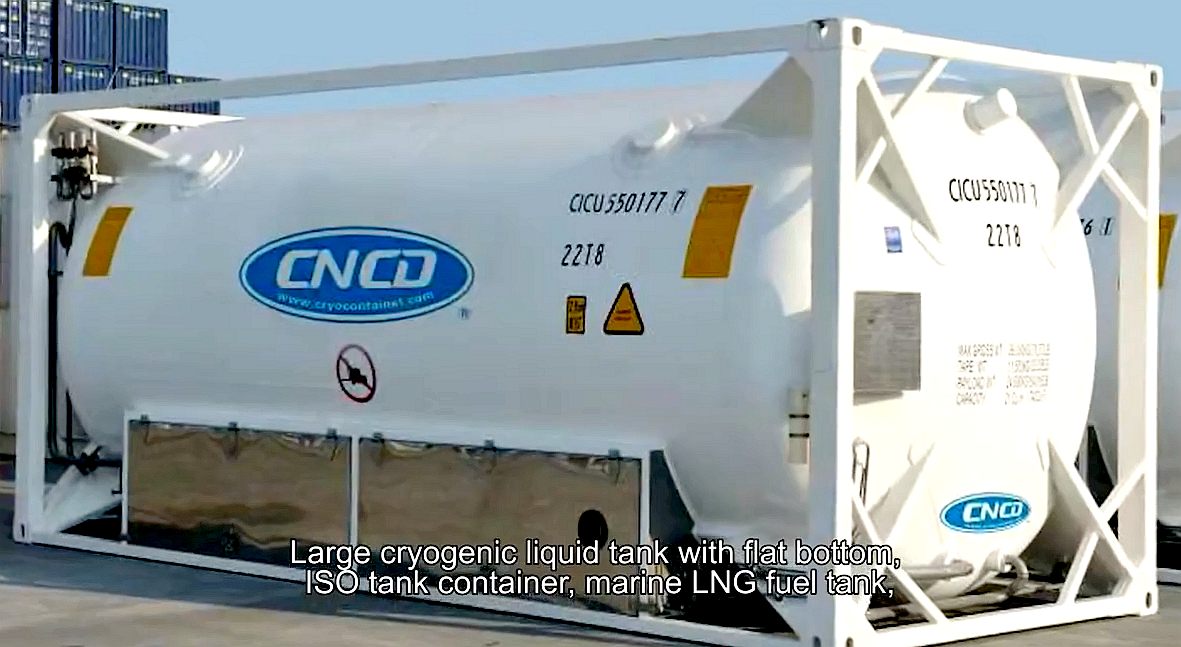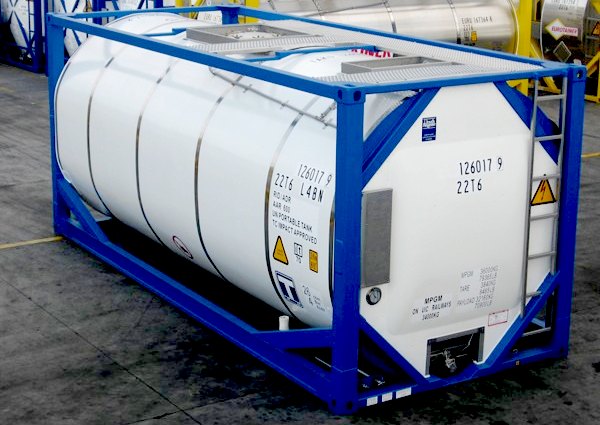|
IMO - IGC CODE, LH2 SHIP CONSTRUCTION
Please use our A-Z INDEX to navigate this site or return HOME
|
||||||||||||||||||||||||||||||||||||||||||||||||||||||||||||||||||||||||
|
The Code does not apply to ships carrying liquefied hydrogen, that are not engaged in commercial carrying.
The aim of the Code is to provide an international standard for the safe carriage by sea in bulk of liquefied gases and the substances listed in chapter 19, by prescribing the design and construction standards of ships involved in such carriage and the equipment they should carry so as to minimize the risk to the ship, to its crew and to the environment, having regard to the nature of the products involved.
Classification evolves slowly as a trailing edge to innovation and technological advancement. Climate change and air pollution is now pushing the barriers at a pace that is uncomfortable for the IMO and certifying societies, with the IMO re-writing the rules as Approvals in Principle are given to hydrogen vessels, following in the wake of cryogenic LNG, that never quite got a hold on the market, before it was time to up the MARPOL game, to combat anthropogenic warming of the planet.
The basic philosophy is one of ship types related to the hazards of the products covered by these codes, each of which may have one or more hazard properties. A further possible hazard may arise owing to the products being transported under cryogenic (refrigerated) or pressure conditions.
See
also, Interim
Recommendations for Carriage of Liquefied Hydrogen in Bulk.
COMPARISON OF PHYSICAL PROPERTIES OF HYDROGEN AND METHANE
Remarks:
* At their normal boiling points for comparison purpose. ** At normal temperature and pressure. *** Ignition and combustion properties for air mixtures at 25°C and 101.3 kPaA. **** Normal Hydrogen.
REFERENCES
STANDARD ISO - 20m3 cryogenic tanks, multi-layered vacuum insulation, in stainless steel. Large tanks are available from many manufacturers concerning LNG.
|
||||||||||||||||||||||||||||||||||||||||||||||||||||||||||||||||||||||||
|
ZEWT ALORS - The solar and wind powered 'Elizabeth Swann' will feature solar collectors energy harvesting apparatus. Her hull configuration is ideal to incorporate mass hydrogen storage tanks, offering ranges of up to 4,000nm on compressed gas, or an extended range on liquid hydrogen tanks (optionally) as a drop in cartridge, or safety module.
|
||||||||||||||||||||||||||||||||||||||||||||||||||||||||||||||||||||||||
|
A-Z
INDEX OF H2 POWERED FUEL
CELL SHIPS
LIQUID HYDROGEN LINKS & REFERENCE
https://puc.overheid.nl/nsi/doc/PUC_2389_14/7/ https://wwwcdn.imo.org/localresources/en/KnowledgeCentre/IndexofIMOResolutions/MSCResolutions/MSC.420(97).pdf
|
||||||||||||||||||||||||||||||||||||||||||||||||||||||||||||||||||||||||
|
Please use our A-Z INDEX to navigate this site or return HOME
This website is Copyright © 2021 Jameson Hunter Ltd
|



